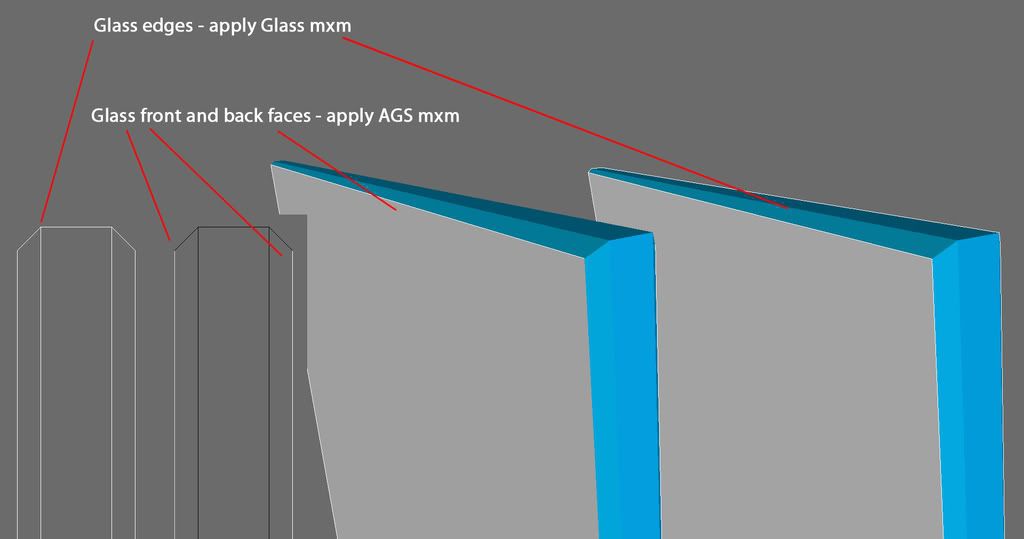- Fri Feb 15, 2008 10:40 pm
#261365
I am hoping someone could have a look at this scene to determine if I have any obvious flaws that would slow down rendering. I have turned off displacement and things render much faster now, but this last image still requires over 26 hours on an 8 core MacPro w/ 7GB RAM to get a reasonably clear scene. I also tried turning off Multi light and still have to wait 26 hours to hit SL 16. Benchmark is a paltry 62. Scene has only 43000 triangles. I wonder if I need to use something other than Physical Sky? Or I have some bad material design, maybe my Mirror material? or the size of my maps?
Also, I do have some geometry in my model that overlaps. Like the glass tile on the wall slightly overlaps a material on the wall so the color shows through the glass. I have read that coplanar geometry has in the past presented problems.
My emitters are basically cubes. I am using Physical sky and in this case, multi-light is OFF.



Here is a link to the Pack and Go MXS. Its 136MB, so hopefully you have a swift connection!
http://web.mac.com/danielhruby/Maxwell_ ... hroom.html
Thank you in advance.
Also, I do have some geometry in my model that overlaps. Like the glass tile on the wall slightly overlaps a material on the wall so the color shows through the glass. I have read that coplanar geometry has in the past presented problems.
My emitters are basically cubes. I am using Physical sky and in this case, multi-light is OFF.



Here is a link to the Pack and Go MXS. Its 136MB, so hopefully you have a swift connection!
http://web.mac.com/danielhruby/Maxwell_ ... hroom.html
Thank you in advance.
Daniel Hruby
AIA | LEED AP
http://www.visualizeitbuilt.com
OSX 10.7.5 Lion
MacPro 3.0 GHz 8 Core 12GB
ArchiCAD 17 • Modo 701 • Terragen 3
AIA | LEED AP
http://www.visualizeitbuilt.com
OSX 10.7.5 Lion
MacPro 3.0 GHz 8 Core 12GB
ArchiCAD 17 • Modo 701 • Terragen 3




 - By Mike Amos 20251018183343
- By Mike Amos 20251018183343